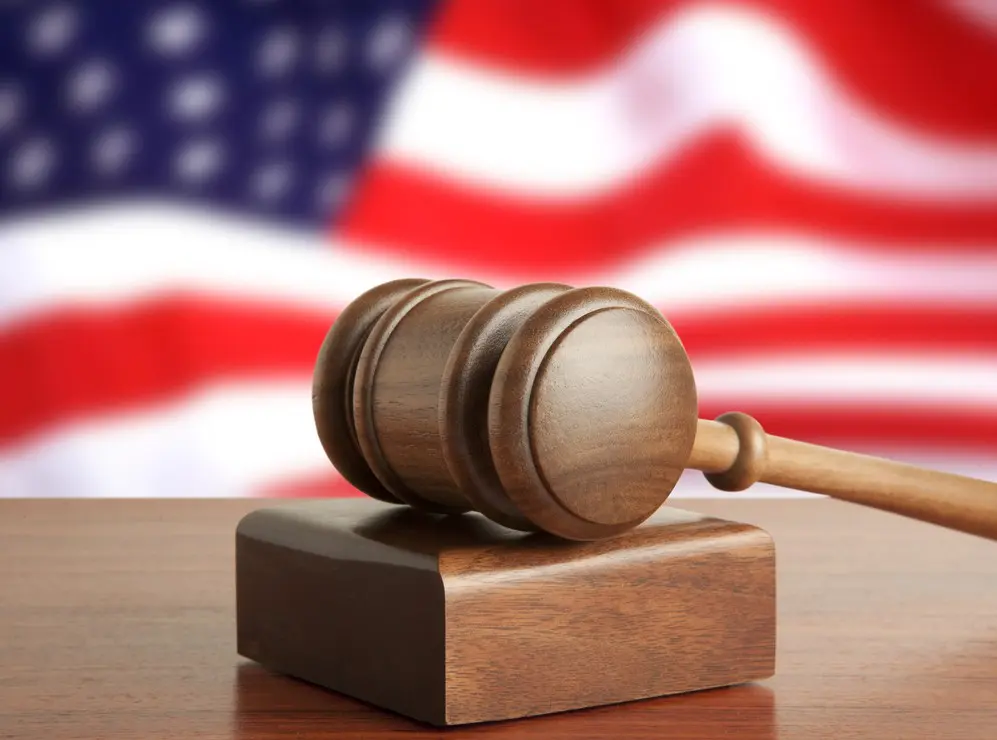
A United States appeals court has ruled that many of President Donald Trump’s sweeping global tariffs were unlawful, striking a blow to his economic agenda but allowing the duties to remain in place temporarily pending a final test at the Supreme Court.
In a closely watched 7-4 decision delivered on Friday, the US Court of Appeals for the Federal Circuit affirmed a lower court’s ruling that Mr Trump had overreached his authority when he invoked emergency economic powers to impose wide-ranging tariffs on America’s trading partners.
The judges, however, stopped short of scrapping the tariffs immediately, granting the administration a grace period until mid-October — a reprieve that Mr Trump vowed to exploit in taking the battle to the nation’s apex court.
“The appeals court incorrectly said that our tariffs should be removed, but they know the United States will win in the end,” the president wrote on his Truth Social platform, promising to defend the duties “with the help of the United States Supreme Court.”
The ruling, analysts say, casts a long shadow over deals Mr Trump has negotiated with key partners such as the European Union, while also raising uncertainty about billions of dollars in tariff revenues collected since the levies were introduced.
The appeal centred on whether the International Emergency Economic Powers Act (IEEPA) gave the president sweeping authority to impose tariffs. The judges were unequivocal: “The statute bestows significant authority on the President to undertake a number of actions in response to a declared national emergency, but none of these actions explicitly include the power to impose tariffs, duties, or the like, or the power to tax.”
While the case does not directly address industry-specific duties on steel, aluminium, and autos, it underscores the legal vulnerability of Mr Trump’s broader trade strategy, which since his return to office in January has leaned heavily on “reciprocal” tariffs — a 10 per cent baseline level against nearly all US partners, with higher rates for select economies.
In urgent filings ahead of the judgment, senior officials warned of dire diplomatic fallout should the court side against the administration. Commerce Secretary Howard Lutnick argued that blocking the tariffs would “threaten broader US strategic interests” and could unravel delicate negotiations with allies. Treasury Secretary Scott Bessent went further, warning of “dangerous diplomatic embarrassment.”
Trade experts now predict a flurry of claims from affected companies should the Supreme Court uphold the finding that the tariffs were illegal. Beyond the legalities, the episode underscores the growing tension between unilateral trade measures and the delicate architecture of global commerce.
For President Trump, who has built much of his political brand on wielding tariffs as a blunt economic weapon, the court’s ruling is a reminder that even presidential power has limits. The next round of the battle now lies squarely in the hands of the conservative-majority Supreme Court — a stage that will determine not only the fate of his tariffs but also America’s trade posture in a volatile global economy.









